What’s inside this article: A look at how a calming corner benefits your child’s social-emotional development, what to put in your calming space, how to use the calming corner & what to do if your child refuses to use it.
Disclaimer: This post contains affiliate links.
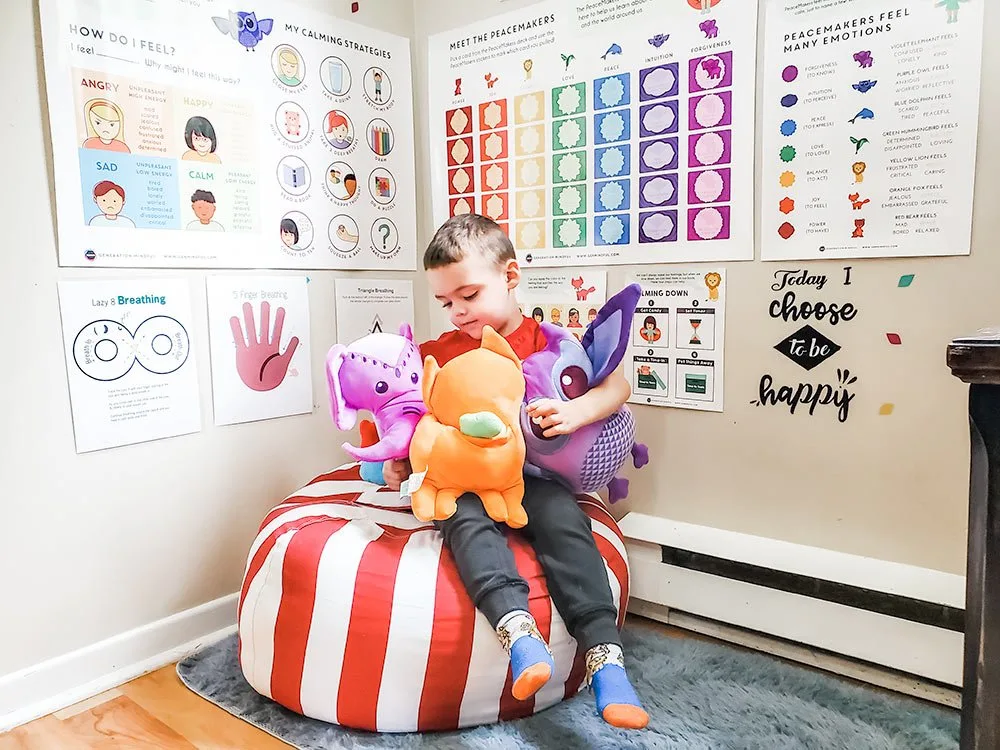
A calming corner (or space, it doesn’t have to be a corner) is a comfortable and calming space for children to go to when they need some space to calm down their bodies and to take a time-in to process their big feelings.
It is a positive and non-punitive alternative to time-outs that helps children develop emotional regulation, provides structure, and leaves them feeling safe and secure.
The goal when creating a calm down corner is to create a safe space in your home for your child to go if they’re upset or showing signs of anger or frustration. It’s not used to punish bad behavior; it’s a safe space for processing emotions.
The words positive and non-punitive do not mean permissive
Why Should You Create a Calming Corner?
Children don’t misbehave because they want to. They misbehave because they don’t possess the necessary skills required to manage and control their behaviors when they’re in distress.
A calm-down corner provides teaching moments so you can help your child develop these lacking skills.
There are multitudinous benefits to using a calm down corner, as opposed to traditional “discipline” or punishments like time-outs or removing privileges.
Here is a look at some of those benefits:
1. Builds Emotional Intelligence
Emotional intelligence is the ability to recognize our feelings and the feelings of others (empathy) and to use that information to guide how we think and behave.
Early development of emotional intelligence begins with identifying core emotions, such as happy, sad, mad, and tired. Later, we develop the ability to recognize more complex feelings, such as annoyed vs. furious.
Finally, we learn to use this emotional information to guide behavior and manage emotions through self-regulation.
Your calming corner will contain all the tools you need to help your child learn and practice these skills.
2. Teaches Children that Unpleasant Emotions are Normal
Everyone feels mad, sad, jealous, etc., from time to time. These emotions are unpleasant to experience, but they are normal.
We often tell kids, “It’s okay; you don’t need to be sad/mad,” or we isolate them (send them to their rooms or for a time out) when they feel this way, sending the message that these feelings should be shunned and hidden.
Children should never feel ashamed of their emotions or feel like they’re being punished for feeling a certain way. It’s important to let them know that the way they are feeling is okay.
Instead, unpleasant emotions can be a learning experience.
Your calm down corner will help your child learn that their feelings are valid, but certain reactions to those feelings are not.
That knowledge will come through frequent practice and mutual emotional regulation opportunities.
My personal favorite phrase is “It makes sense that you’re feeling ____________, because __________________”. When kids feel validated, they begin learning better ways to communicate emotions.
That learning opportunity is lost if your child is isolated in their bedroom when experiencing big emotions.
3. Calming Corners Provide Structure
Children need structure. They thrive when their lives are consistent and predictable.
This is true for all children but especially important for kids who struggle with rigid thinking.
One of the many ways to add structure to your child’s life is by structuring your home.
Setting up different areas in your home for different parts of the day, activities, or routines helps your child feel safe and secure in their own home.
The calming corner gives your child a safe place to go when they have strong emotions.
A calm-down corner, a homework station, a craft center, etc., are all ways to add this structure to your home.
4. They Help Children Learn from Their Mistakes
First of all, your child should know that everyone makes mistakes. It’s okay to make mistakes, but we need to learn from those mistakes.
Explain to your child that making a mistake can make you feel bad for a little while, but it doesn’t mean that you are bad.
Understanding this helps children tolerate unpleasant emotions better. This “frustration tolerance” (that’s what they call it) is something my own child is working on in therapy.
Continue to reassure your child that their feelings are normal and valid.
But, once they’re calm, explain the impact their actions have on others. Understanding how their behavior affects the way other people feel is an important part of developing emotional intelligence.
Encourage your child to make things right once they’ve had time to calm down.
My family’s experience:
Once we set up the calming corner in our home, I was so surprised by the way my kids naturally gravitated towards it.
I wish I’d found the time-in tool kit sooner. We’ve had it up in our home for almost a year now, and my kids still use it all the time and without being told to.
I often find my two youngest (4, and 6) looking at the calming strategies, placing their fingers on the different ones, etc.
The biggest perk? The reduced stress around the house during times of high emotion, which happens more often than I wish it did, with three kids around.
What’s inside the time-in tool kit?
The toolkit includes:
- Calming Corner Poster Set – 6 ready to hang high-quality feelings posters create a safe space for children to explore their emotions
- PeaceMakers Affirmations Card Deck – 35 cards for kids and 7 cards for parents
- Time-In Activity Mat & Cards
- Laminated activity mat guides children through the process of emotional regulation in a fun, step-by-step activity.
- 2 Sets of 32 Feelings Faces Cards help children recognize and name different feelings through fun card games.
- 12 Calming Strategies cards help kids find ways to calm down that work for them.
- “Taking Time-Ins” Digital Manual & Audiobook
- 10 Printable Time-In Activities & Coloring Sheets (pdf)
You can also purchase a digital copy of the time-in tool kit and print the posters yourself.
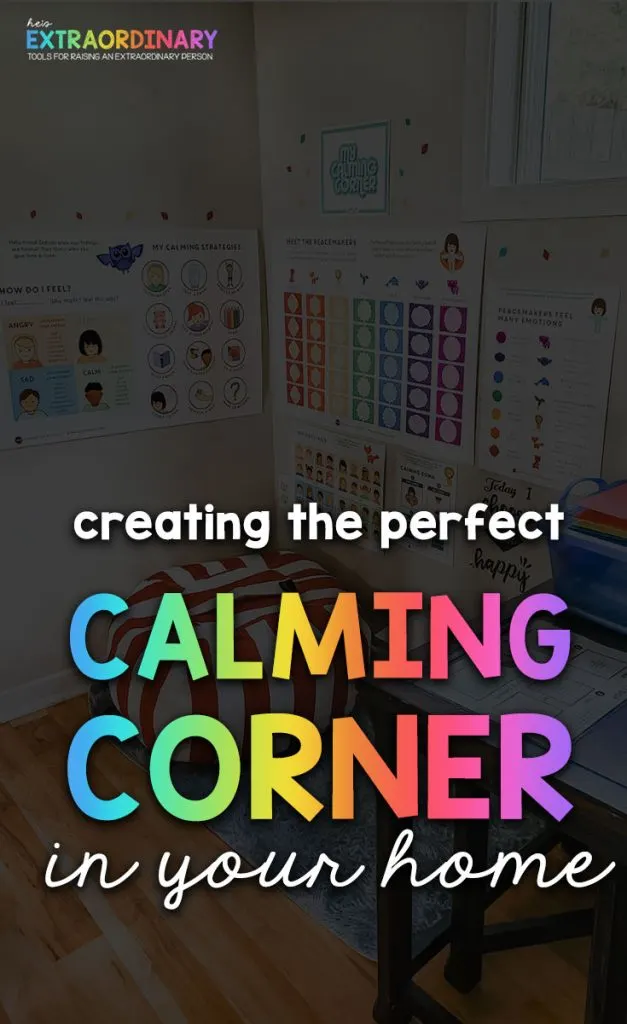
Need Design Inspiration?
Look at all the different ways you can use the time-in tool kit to create a safe, calming space for your child.
Introduce the Calming Corner to your Child
Once your calm-down corner is completed, it’s important to spend time in the corner with your child. Children need to learn and practice calming strategies regularly.
You can’t teach children how to calm down when they’re already upset. Once your child’s feelings are escalating, they can no longer learn.
This must be practiced together many, many times when calm before your child will successfully use these strategies independently.
Some ideas as you introduce your new calming corner:
- Spend time relaxing in the corner with your child.
- Take time to look at the posters together. Read the different emotions on the feelings chart to familiarize your child with different emotive words.
- Do the calming activities together, like coloring, stretching, hugging a toy, etc.
- Play the Peacemakers game from Generation Mindful, which is included in the Time-In toolkit. My 8-year-old, who struggles significantly with his feelings, really enjoyed this game, and it provided him with a new way to think about his feelings.
The digital manual included with the Time-In Toolkit from Generation Mindful also has tons of printables, coloring sheets, extra posters, and activity ideas that help teach children ways to regulate.
It’s going to be an incredible resource as you learn to use your new time-in corner together.
Although it may seem like a playful area at first, this should evolve over time.
Ultimately, this calming corner is a space for calming down rather than playing. (Although play-based activities are always an important part of taking a time in)
What if your child refuses to use the calm-down corner?
A common obstacle you may encounter, especially at first, is that when your child is dysregulated and \ you suggest they use the calming corner, their reply will be a big, fat “NO!”. (Charming, isn’t it?)
When your child’s in this state, they’re using their hindbrain (see the image below) and won’t be responsive to direction. You’ll need to de-escalate the situation first.
Ideally, you want to get your child in the calming corner before this happens, but sometimes that’s inevitable, no matter how preventative we try to be.
Try some of these 18 de-escalation strategies when your child is struggling to help defuse the situation first, then guide your child to the calming corner and help them with mutual regulation strategies.
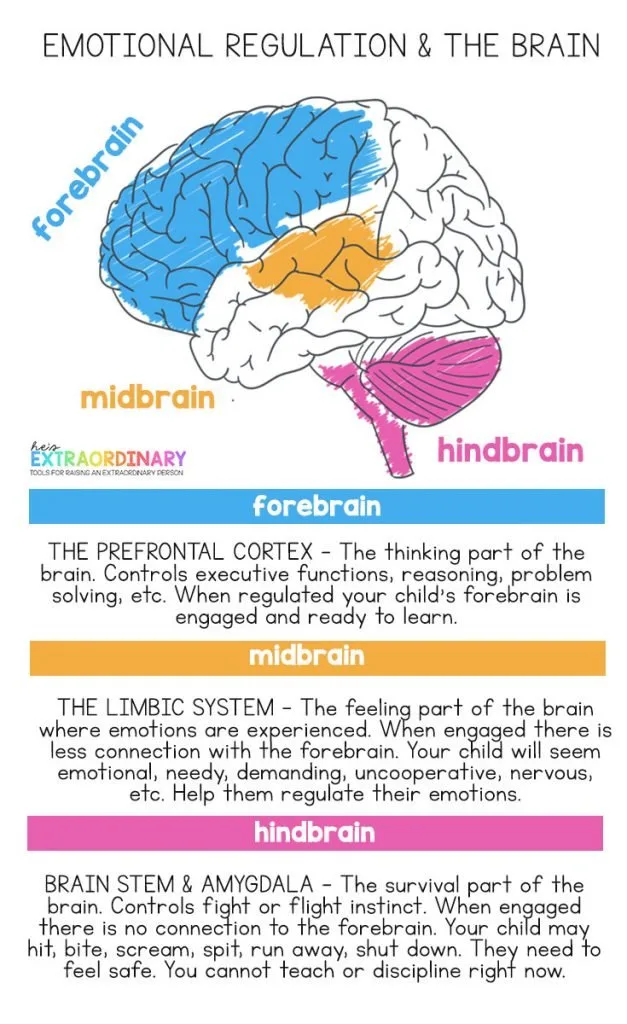
What Should You Put in Your Calming Corner?
Along with having the right posters, you need to also have the right tools in the calming corner.
Snuggle Buddies
Snuggle Buddies are another product from Generation Mindful that are a must-have with the Time-In toolkit.
Think of these guys as the “cherry on top” of your calm-down corner.

These plush toys each have a pocket in the back that has four emojis attached with a ribbon.
The emojis are red, blue, yellow, and green to match the emotions on the feelings chart. (They also match up with the Zones of Regulation if your child already uses that program.)
Kids can take their snuggle buddies with them anywhere and use them as a way to learn about and express their feelings.
They also come with a monthly feelings chart (shown in the video below).
This really helps reinforce the ideas around emotional intelligence to children. You can use your snuggle buddy as a tool to talk about feelings with your child anywhere and at any time.
My daughter will often take out the emoji that tells us how she’s feeling while she holds her snuggle buddy (she has the owl), and then we know how she’s doing without needing to ask.
We even added to our daily visual routine for morning and evening to complete the feelings chart. So, my kids are now thinking about their feelings and recording them on the chart three times a day.
The more they practice, the better they’ll be at identifying their feelings.
Other Posters
You might want to add a couple of other posters in your corner – but make sure it’s not too overwhelming visually.
We’ve added some deep breathing posters, so my children have a few different visual guides when they are practicing their deep breathing.
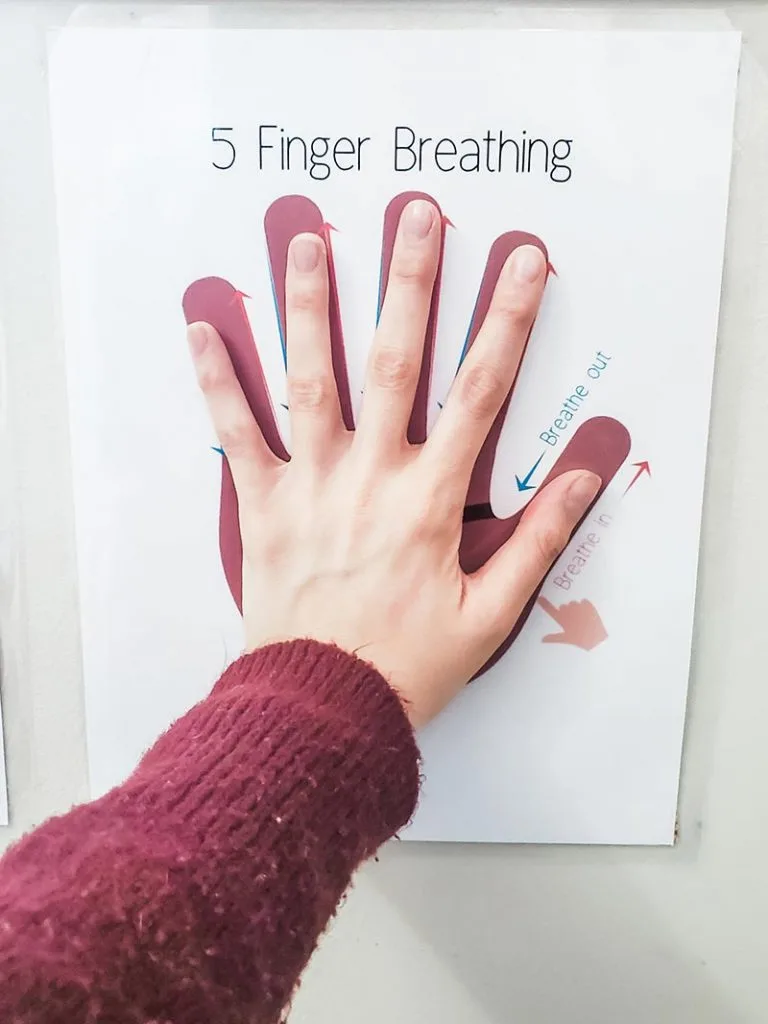
I also have some different calming corner posters available you can download. They are a download only; you can either print them yourself or send them to your local print shop.
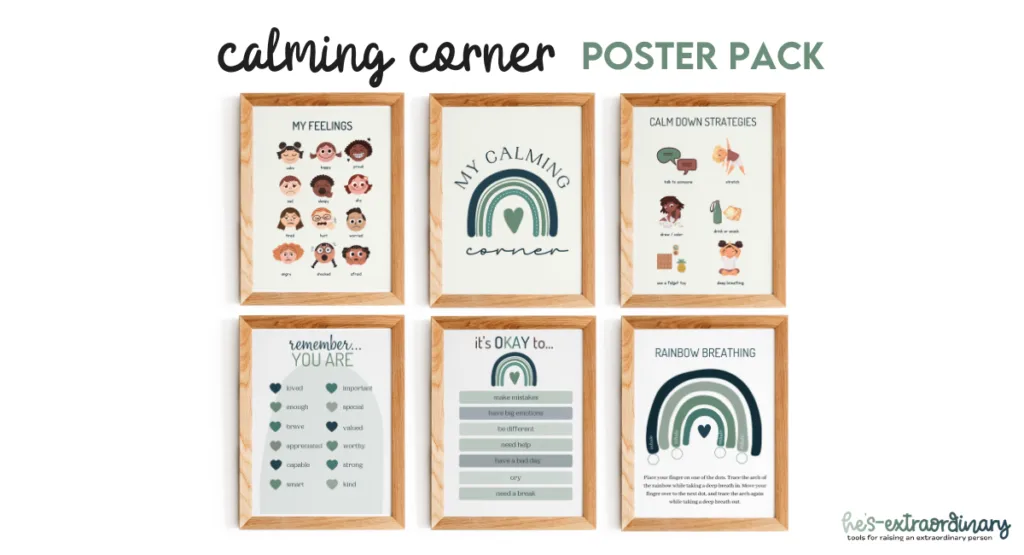
Calm Down Box
A calm-down kit is just a container containing small toys, sensory activities, and fidgets that your child can use in the corner to help them self-regulate.
You can also print out these free brain break cards (below), laminate them, and stick them on a key-ring for your child to do while they’re in the calming corner.
I’ve had a couple of teachers reach out and tell me their kids gravitate toward these cards anytime they take a break.
Brain Breaks Activity CardsModel Appropriate Behavior
When your child is upset or in crisis mode, having a meltdown, do you get upset, too?
Think about how you react in these situations.
Remember that it’s perfectly normal and expected to feel distressed when your child is emotional. But, what’s important to remember and display in the moment is that your emotions don’t control your behavior — you do.
You need to model this behavior for your child by staying calm. Remember, they don’t want to act this way, they’re just lacking the skills they need to emotionally regulate.
Staying calm and compassionate (parental regulation) when your child is upset teaches them that their feelings are okay. Plus, it models the very same calming strategies that you’re trying to teach.
Stress can be contagious but so can calmness. Make sure you practice your own calming strategies to successfully stay calm, even when your child isn’t.
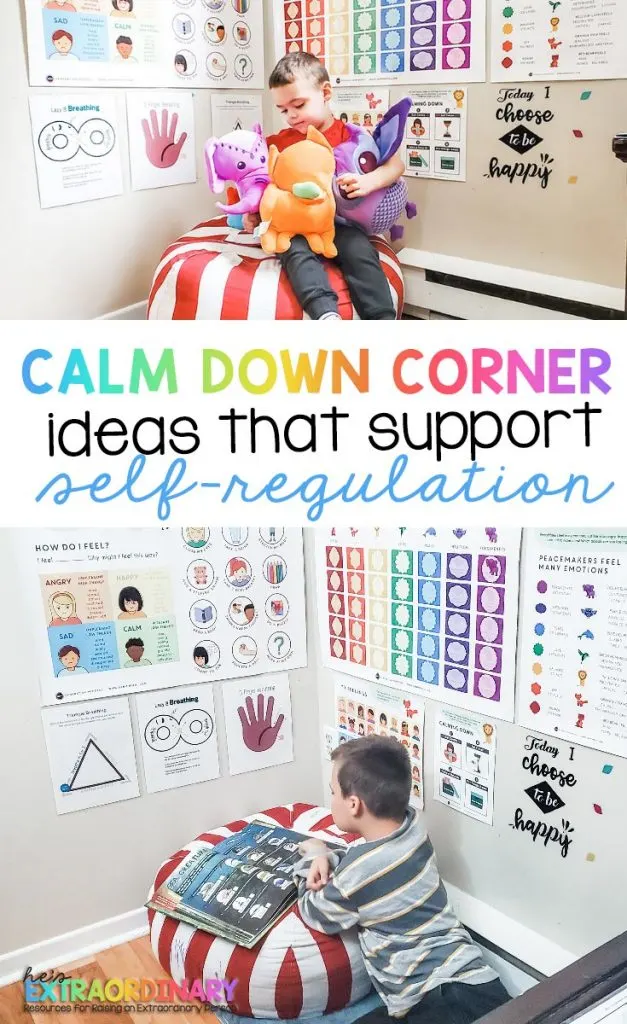


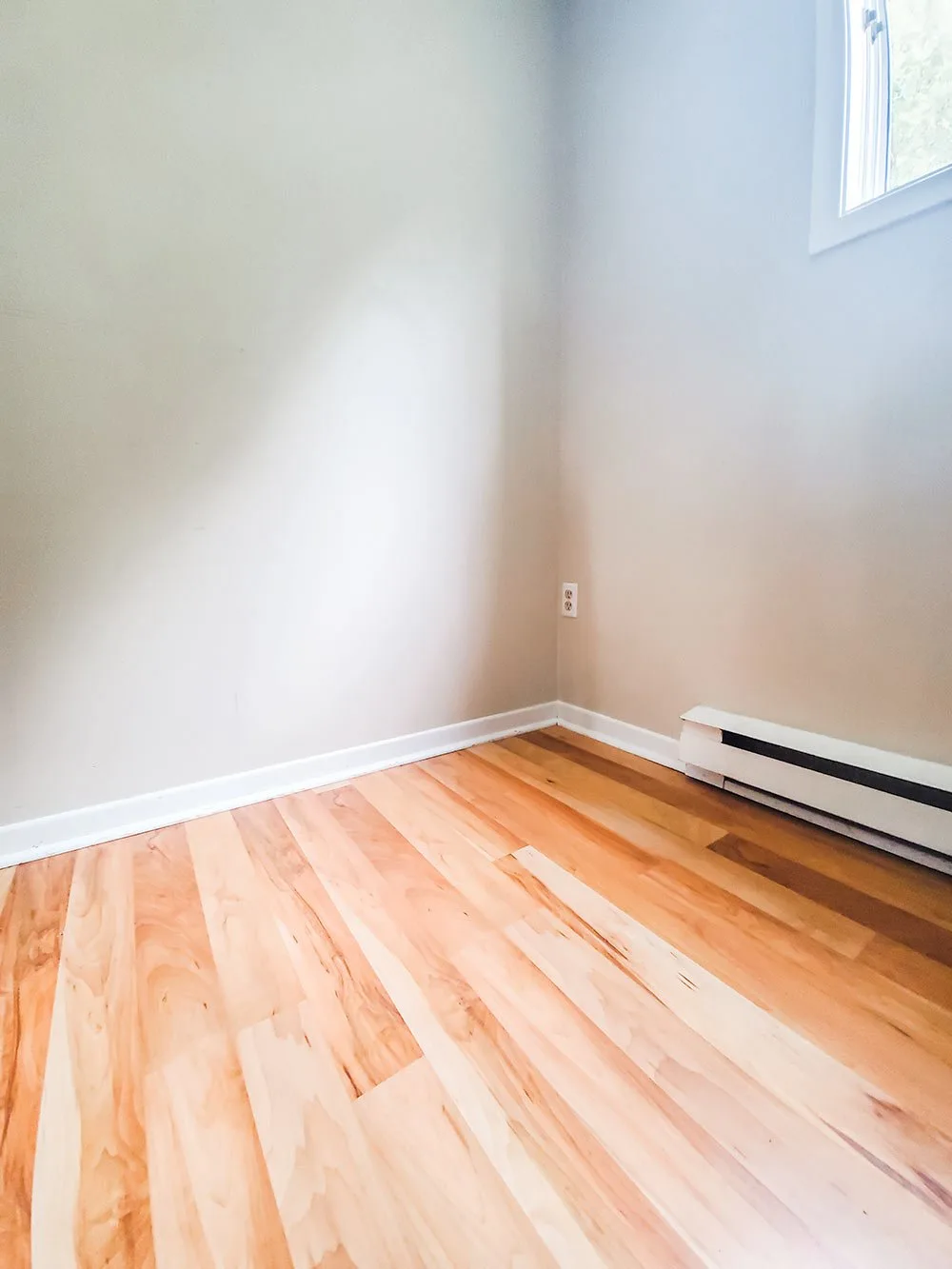

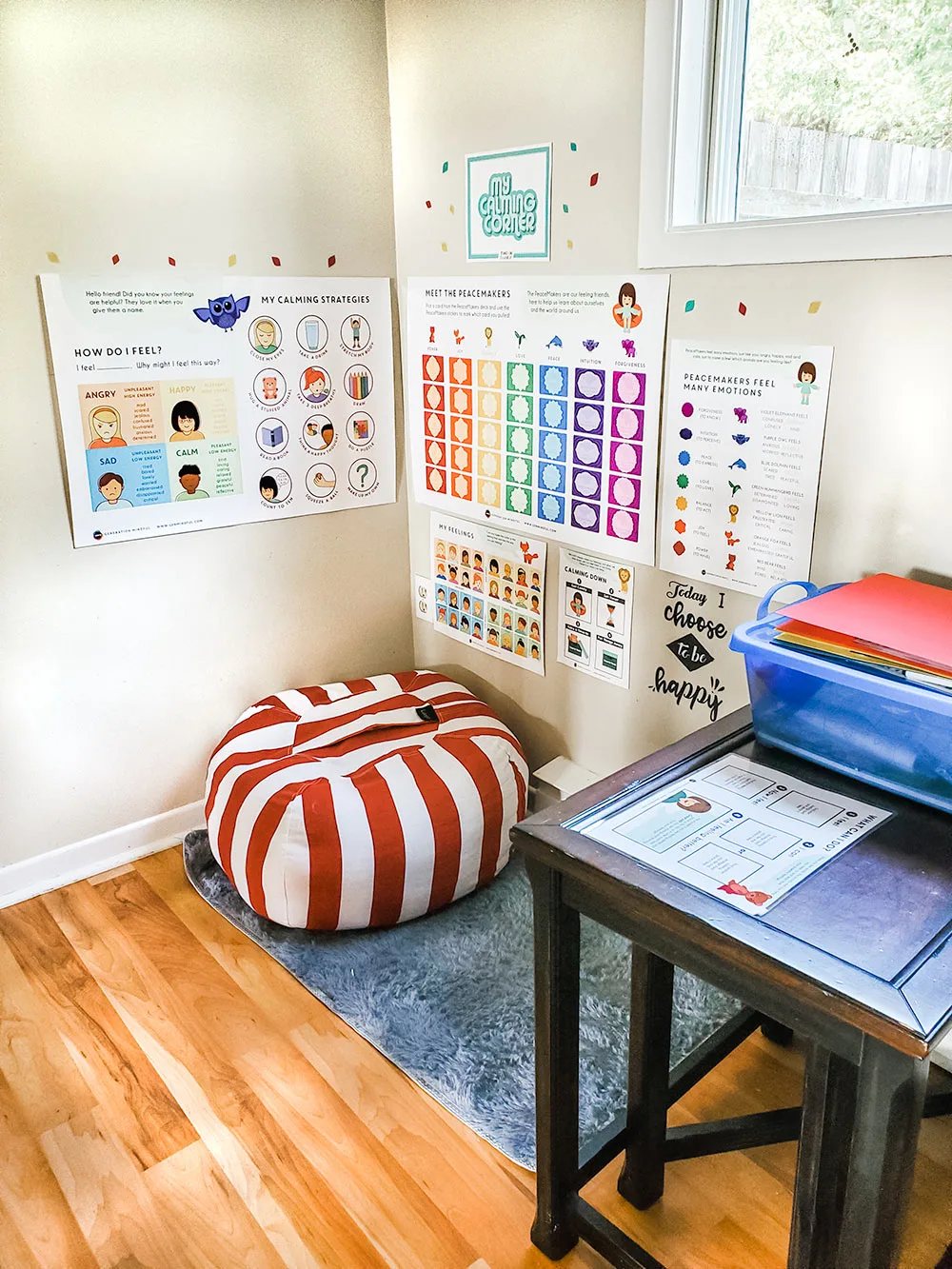
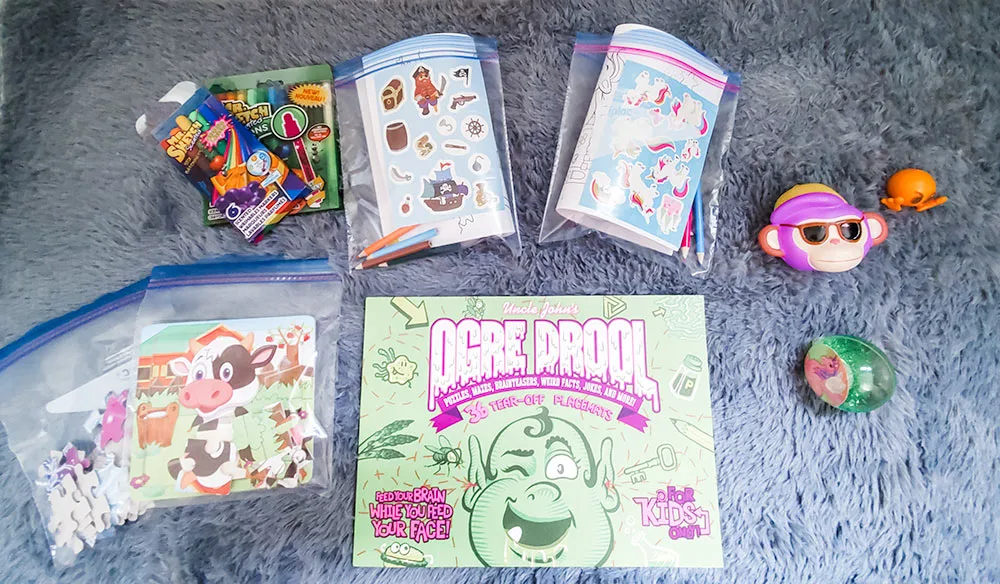
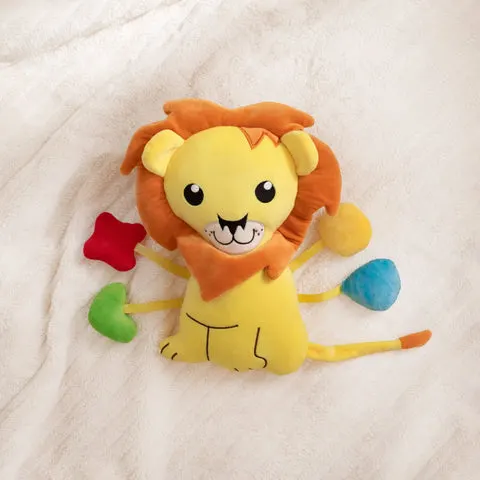


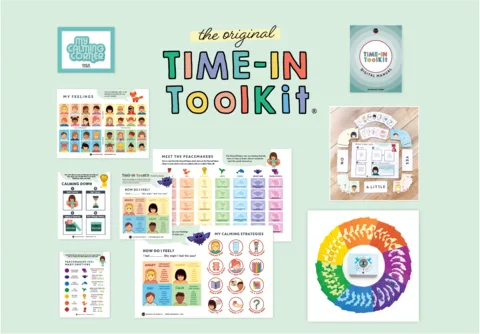
The Best Gift Ideas for Autistic Children - Raising an Extraordinary Person
Sunday 10th of November 2019
[…] keep a kaleidoscope in our calm down corner, the visual input helps with […]
What Should You Put In A Calm Down Kit? - Self-Regulation Strategies
Saturday 2nd of November 2019
[…] Three kids, all at different ages and stages, all with different strengths and weaknesses, and this set up is benefiting them all. […]
Kids Anger Management · Raising An Extraordinary Person
Tuesday 8th of October 2019
[…] a break – One of the most important skills. Taking a break and re-regulating before expressing your anger will reduce angry […]
Adriane
Saturday 28th of September 2019
Can we scream this to every parent, "Children don’t misbehave because they want to. They misbehave because they don’t possess." This is so well put and well said. If you haven't read Beyond Behaviors by Dr. Mona Delahooke, I bet you will love it! It's amazing. Love this calm down corner so much. My kids are more resistant to a space like this when it's so organized but I'm sure it is very helpful to many. Instead, they pick their own calm down space which is usually different each time. My secret weapons are bubble timers and piano music ;)
Nicole Day
Sunday 29th of September 2019
Thanks so much!
I haven't heard of this book but I'm trying to read something new at least once a week so I will add this one to my list!
18 De-Escalation Techniques For Diffusing Meltdowns · Autism Resources
Saturday 28th of September 2019
[…] may look like offering your child a break in a calm down corner to also change up their […]